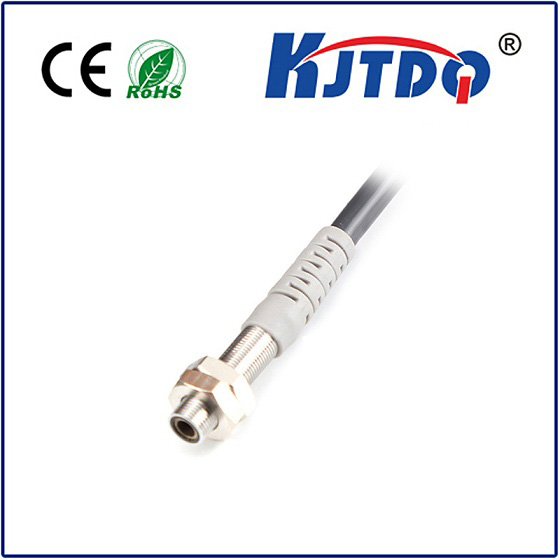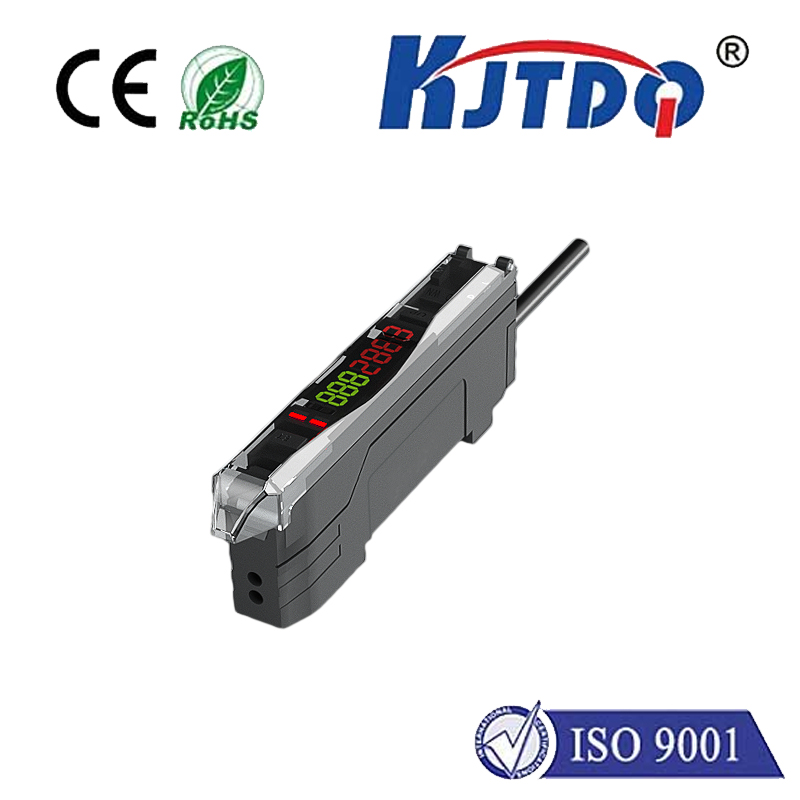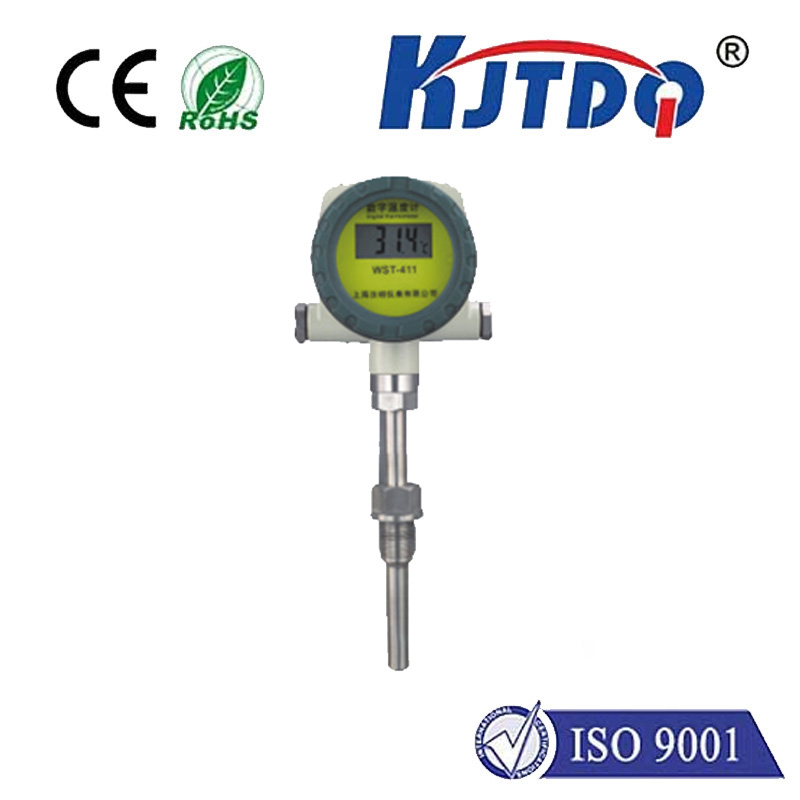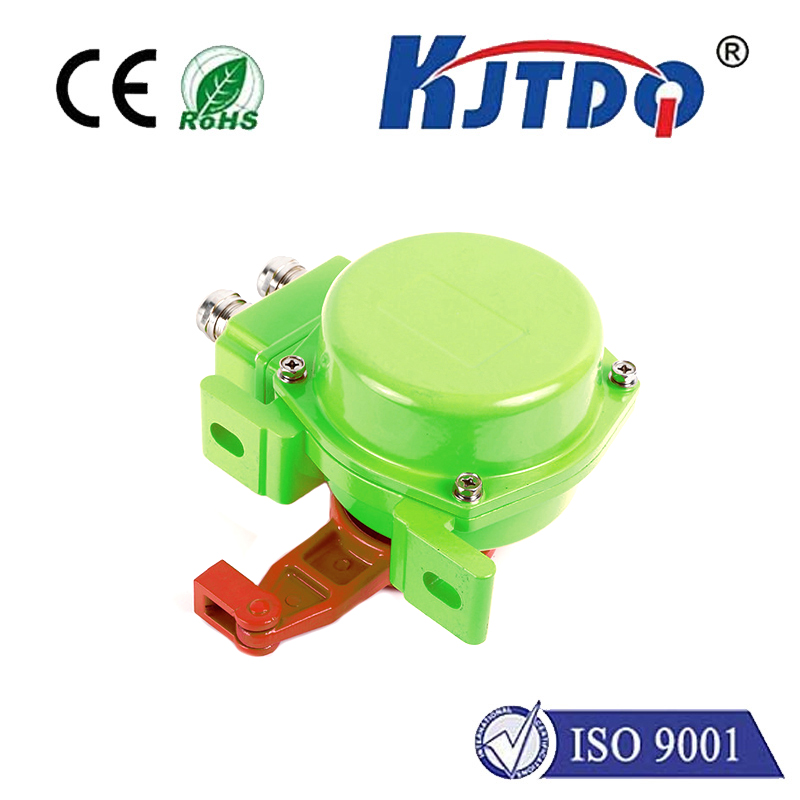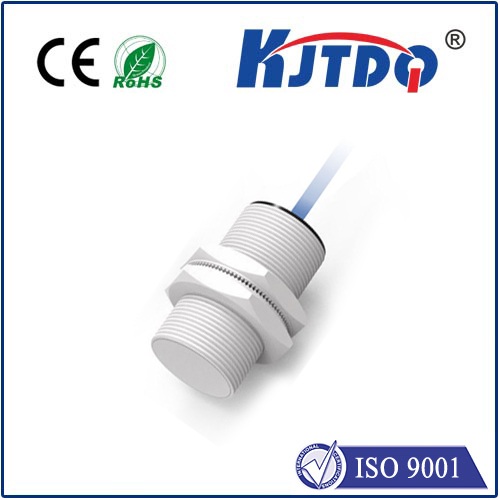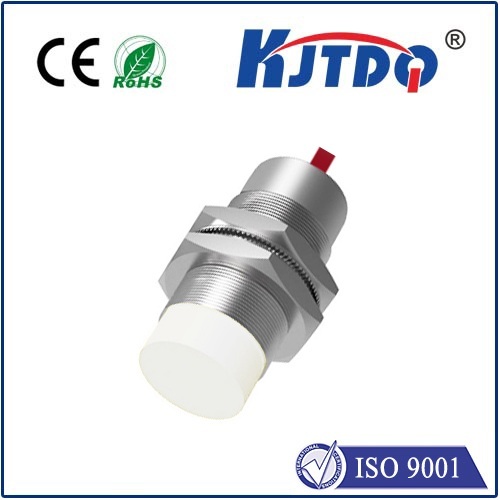proximity lights
- time:2025-06-16 15:51:45
- Нажмите:0
Proximity Lights: Automating Efficiency and Comfort in Modern Spaces
How often have you stumbled into a dark hallway or garage entrance, arms full of groceries, desperately fumbling for a light switch that seems frustratingly elusive? Or perhaps you’ve left a room only to realize minutes later – or hours! – that you forgot to turn off the light, silently draining energy and adding unnecessary costs. This common, everyday friction is elegantly solved by proximity lights, a sophisticated yet intuitive lighting technology transforming how we illuminate our environments. These systems detect human presence and automatically adjust lighting levels, offering a seamless blend of convenience, enhanced safety, and significant energy conservation.
Understanding the Technology: Beyond Simple Motion Sensors
At their core, proximity lighting systems operate on a principle of presence detection. While often associated with basic motion sensors, modern systems are far more refined. They typically utilize a combination of technologies:
- Passive Infrared (PIR) Sensors: Detect heat radiation emitted by moving objects, primarily humans. This is the most common technology, effective for triggering lights upon entry.
- Microwave Sensors: Emit low-power microwave pulses and analyze the reflection. They can detect motion through thin materials and cover larger areas than PIR sensors but are more complex and costly.
- Ultrasonic Sensors: Emit high-frequency sound waves and listen for changes in the reflected waves caused by movement. Sensitive but can be triggered by non-human movement (like fluttering curtains).
- Camera-Based Systems (Emerging): Utilize visual recognition to detect human presence with greater accuracy, differentiating people from pets or other moving objects, though raising more privacy considerations.
These sensors feed data to a control unit, which intelligently processes the signal and commands the connected lighting fixtures. Sophisticated systems can adjust brightness based on the level of ambient light, the time of day, or even the specific zone within a room where presence is detected. Crucially, unlike basic motion detectors that often switch lights off abruptly after a set timeout (sometimes while a person is still present), advanced proximity systems often incorporate occupancy sensors, designed to maintain illumination as long as the area is genuinely occupied.

The Compelling Advantages: Why Proximity Lighting Shines
The adoption of proximity lighting systems is driven by tangible benefits:
- Significant Energy Savings: This is arguably the most impactful advantage. Lights activate only when needed and deactivate automatically when spaces are unoccupied. Imagine hallways, storerooms, conference rooms, restrooms, or warehouses – areas frequently lit unnecessarily for extended periods. Studies consistently show that installing occupancy-based lighting controls can reduce lighting energy consumption in commercial buildings by 20-60%, and even more in specific low-occupancy areas. The cumulative effect on utility bills and carbon footprint can be substantial.
- Enhanced Convenience & Hands-Free Operation: Proximity lights eliminate the need to manually search for switches, especially valuable when hands are full, moving equipment, or navigating unfamiliar or dark spaces. They provide instant illumination upon entering a space and turn off automatically when you leave, removing the burden of remembering to flip the switch.
- Improved Safety & Security: Automatic illumination in garages, entryways, stairwells, hallways, and parking lots significantly reduces trip hazards and creates a greater sense of security, deterring potential intruders. Paths light up as you walk through a garden or along a building perimeter at night.
- Extended Lamp Life: By reducing the total operating hours – only being on when truly necessary – the lifespan of bulbs (especially LEDs, which pair perfectly with these systems) is dramatically extended. This translates to reduced maintenance costs and less frequent replacements.
- Modernization & Smart Integration: Proximity lighting is a cornerstone of intelligent building systems. It readily integrates with broader smart home or building automation platforms, allowing for centralized management, scheduling, remote monitoring, and customization based on user preferences or specific room functions. Imagine lights dimming to a preset level when you walk into your home office at night, or hallways maintaining a low “night light” setting until motion triggers full illumination.
Applications Illuminated: Where Proximity Lighting Makes Sense
The applications for proximity sensors and lights are remarkably diverse:
- Residential: Garages, hallways, staircases, closets, pantries, laundry rooms, bathrooms, outdoor walkways, under-cabinet kitchen lighting.
- Commercial: Office corridors, conference rooms, private offices, break rooms, restrooms, warehouses, stockrooms, libraries, archives, server rooms (where consistent cooling is vital, but lighting can be task-specific).
- Retail: Stockrooms, staff areas, back corridors, fitting rooms, display cabinet accent lighting triggered when customers approach.
- Industrial: Manufacturing floors (task lighting at specific workstations), storage areas, maintenance bays, hazardous areas where hands-free operation is critical.
- Public/Institutional: Schools, universities (classrooms, libraries), hospitals (hallways, staff rooms, certain patient areas), government buildings, museums (exhibit lighting triggered for viewing), airports, public restrooms.
- Hospitality: Hotel hallways, fitness centers, spa areas, back-of-house corridors, meeting rooms.
The Smart City Connection and Future Trends
Proximity lighting technology plays a vital role in the evolution of smart cities. Imagine streetlamps or park pathway lights that brighten as pedestrians or cyclists approach, providing safety and comfort while dimming substantially during periods of inactivity to save immense amounts of energy and reduce light pollution. This adaptive public lighting creates a responsive, efficient, and safer urban environment. Future advancements include greater integration with IoT networks, more sophisticated presence detection using AI, predictive lighting based on historical patterns, and personalized lighting environments adjusting automatically to recognized individuals. The combination of proximity sensing and LED technology represents perhaps the most straightforward and impactful step towards truly intelligent, user-centric illumination.
Implementing Successfully: Key Considerations
While highly beneficial, deploying proximity lights effectively requires thoughtful planning:
- Sensor Placement: Crucial for avoiding false triggers or dead zones. Understanding sensor range, field of view, and potential obstructions is key. Placing sensors near doorways or primary movement paths is usually effective.
- Time Delay Settings: Adjusting how long lights stay on after motion ceases is critical. Too short can cause lights to turn off while someone is still present (e.g., reading in a conference room); too long wastes energy. Settings often range from seconds to 30 minutes.
- Sensor Type Selection: Choose the appropriate sensor technology (PIR, microwave, ultrasonic, camera) based on the environment, required coverage, potential obstructions, and sensitivity needs (detecting subtle movement vs. only large motion).
- Ambient Light Sensing (Daylight Harvesting): Integrating photocells ensures lights only activate when necessary, even during daylight hours if an area is naturally dim. This maximizes energy savings.
- Compatibility: Ensure the sensors and controllers are compatible with existing or planned lighting fixtures and electrical systems, especially when integrating with broader smart platforms.

